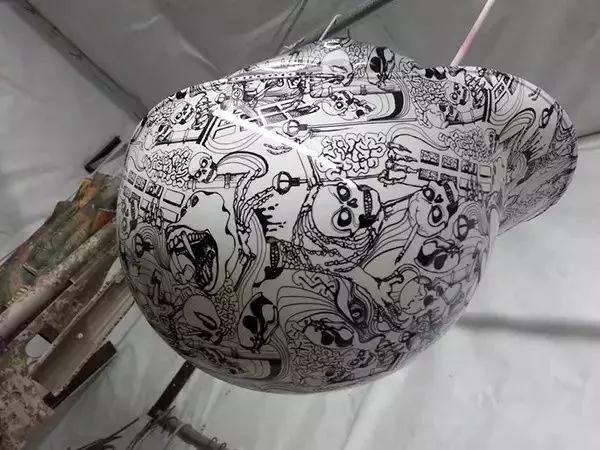The pre-treatment steps for plastic parts before water transfer printing are as follows:
- Clean the surface: Use warm water and neutral detergent to clean the surface of the plastic parts, removing oil, dust, and other impurities. Gently scrub with a soft brush or sponge.

- Remove old coatings: If there are old coatings or marks on the surface of the plastic parts, they need to be removed using appropriate solvents or grinding tools. Ensure a smooth and even surface.
- Polish the surface: Use fine sandpaper or a sanding machine to polish the surface of the plastic parts, removing any unevenness or defects. After polishing, clean the surface with a damp cloth or blow dryer.
- Apply primer: Spray a layer of primer suitable for water transfer printing on the surface of the plastic parts. The primer can improve the adhesion and durability of the water transfer printing pattern.
- Drying and curing: Allow the sprayed primer to dry and follow the instructions for curing. Ensure that the primer is completely dry and cured to avoid affecting the water transfer printing effect.
- Applying water transfer film: Soak the water transfer film in water and then lay it flat on the surface of the plastic part. Make sure the water transfer film completely covers the plastic part and is smoothly adhered.
- Applying activator: Apply the activator evenly on the water transfer film using a spray gun or brush. The activator helps transfer the pattern on the water transfer film onto the surface of the plastic part.
- Transfer Printing: Slowly immerse the plastic part into water, allowing the pattern on the water transfer film to transfer onto the surface of the plastic part. Ensure that no bubbles or wrinkles are formed during the transfer process.Cleaning and Curing: Rinse the transferred plastic part with clean water to remove excess water transfer film. Then place the plastic part in a well-ventilated area to air dry and follow the instructions of the water transfer film for curing.
Polishing and Protection: Depending on the requirements, the plastic part can be polished and protected after water transfer printing to enhance glossiness and durability. Use appropriate varnish or coating for polishing and protection.
After completing the above steps, the plastic part will have undergone water transfer printing and achieved the desired pattern and effect.
